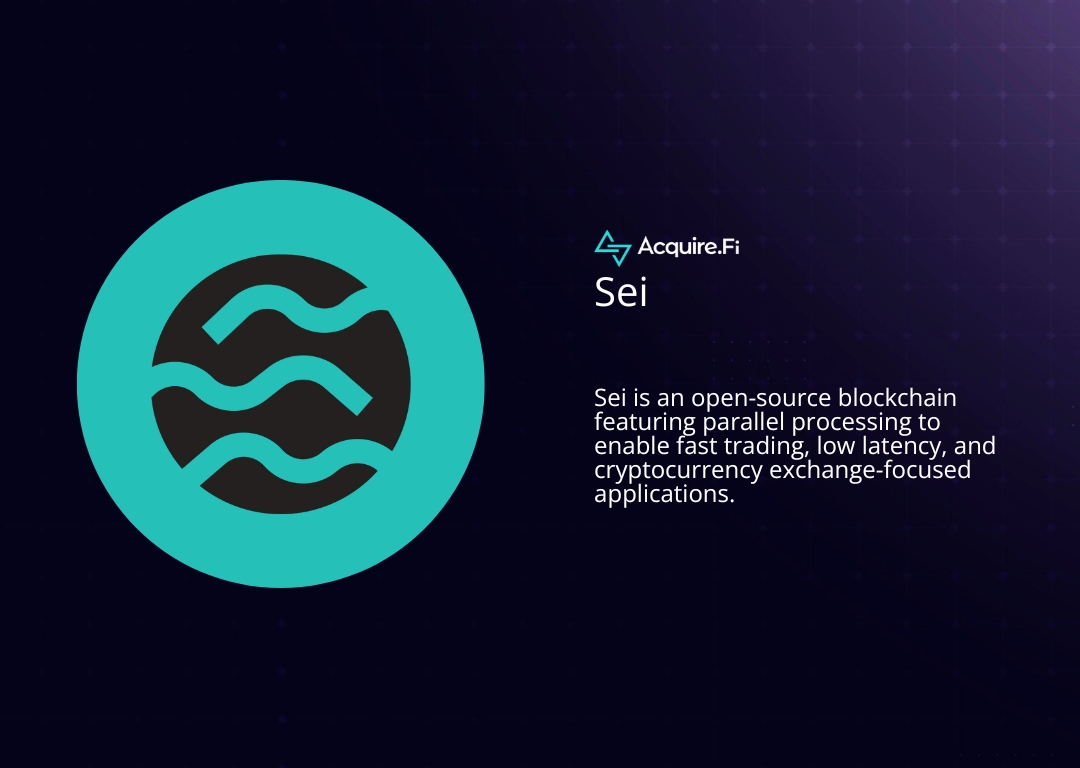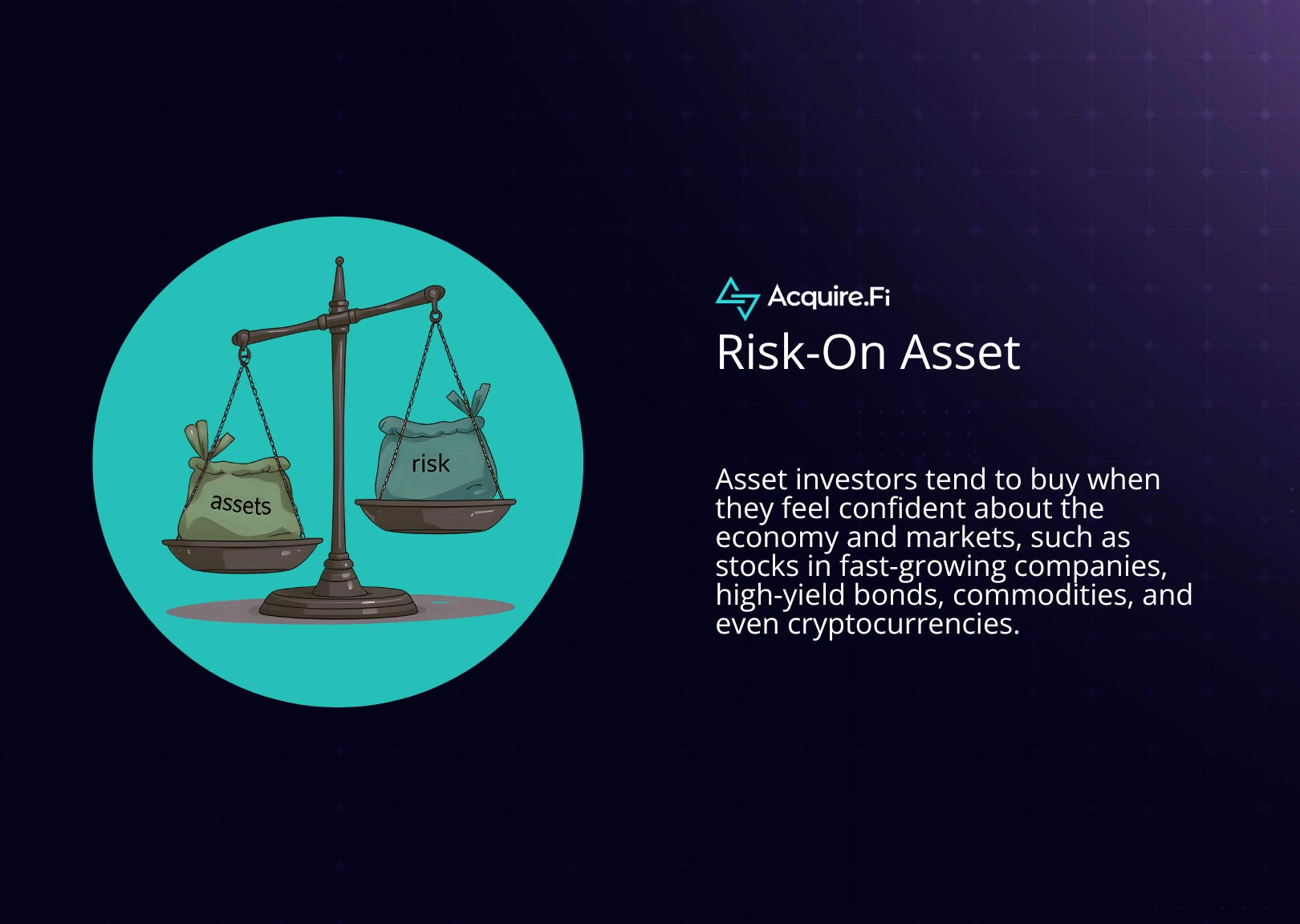How to Evaluate Peer-to-Peer Lending Opportunities
In recent years, peer-to-peer lending has emerged as a popular alternative investment option for individuals looking to diversify their portfolio. While the concept of peer-to-peer lending may seem simple, evaluating and selecting the right opportunities can be a complex and time-consuming process. In this article, we will provide you with guidance on how to evaluate peer-to-peer lending opportunities, from understanding the basics of P2P lending to assessing individual loan opportunities.
Understanding Peer-to-Peer Lending
Peer-to-peer lending refers to a method of lending money directly to borrowers through online platforms, without the involvement of traditional financial institutions. In a P2P lending arrangement, borrowers apply for loans, and investors fund the loans partially or entirely. Investors earn interest on their investments, while borrowers typically obtain lower interest rates than what traditional banks offer.
What is Peer-to-Peer Lending?
Peer-to-peer lending, also known as social lending or crowdlending, is a financial innovation that allows individuals to lend and borrow money directly, bypassing traditional banking institutions. P2P lending platforms enable borrowers and lenders to conduct transactions via online platforms, with minimal intermediaries and lower transaction costs than traditional banking arrangements.
The Growth of P2P Lending Platforms
The popularity of P2P lending has grown rapidly in recent years, with the global market size expected to reach $897.85 billion by 2024, according to a report by Transparency Market Research. The demand for P2P lending has been driven by a desire for alternative investment options, a search for higher returns, and dissatisfaction with traditional banking institutions.
One of the key factors driving the growth of P2P lending platforms is the ease with which investors can participate. The platforms are typically user-friendly and require minimal investment amounts, making it possible for anyone to become an investor. Additionally, many P2P lending platforms offer a range of investment options, allowing investors to choose the level of risk they are comfortable with.
Another factor contributing to the growth of P2P lending platforms is the increasing number of borrowers who are turning to these platforms for loans. Many borrowers are attracted to the lower interest rates offered by P2P lenders, as well as the faster loan approval process.
Benefits and Risks of P2P Lending
Before investing in a P2P lending opportunity, it is essential to understand the potential benefits and risks involved. The benefits of P2P lending include the ability to diversify your investment portfolio, achieve higher returns than traditional banking products, and choose the level of risk you are comfortable with.
One of the main benefits of P2P lending is the potential for higher returns. Because P2P lending platforms operate with lower overhead costs than traditional banks, they can offer investors higher returns on their investments. Additionally, P2P lending platforms allow investors to diversify their investment portfolios, spreading their risk across a range of borrowers and loan types.
However, there are also risks associated with P2P lending. One of the main risks is the possibility of borrower defaults. While P2P lending platforms typically conduct credit checks and other due diligence on borrowers, there is still a risk that borrowers will default on their loans. Additionally, P2P lending platforms are not backed by government guarantees, meaning that investors are not protected by government insurance in the event of platform failures.
Despite these risks, many investors are attracted to the potential benefits of P2P lending. By conducting thorough research and carefully evaluating the risks and benefits, investors can make informed decisions about whether P2P lending is right for them.
Assessing the P2P Lending Platform
Peer-to-peer (P2P) lending has become a popular investment option for individuals seeking higher returns than traditional savings accounts or bonds. P2P lending platforms connect borrowers with investors, allowing individuals to lend money directly to other individuals or businesses. However, before investing in a P2P lending platform, it is essential to assess the platform's reputation, loan types and borrower profiles, interest rates and fees, default rates, and recovery processes.
While P2P lending can offer higher returns than traditional investments, it is not without risk. As an investor, it is crucial to evaluate the platform's reputation and history to ensure your money is secure. Research the platform's management team, financial backing, and regulatory compliance. Look for reviews and ratings of the platform, and check if it has been subject to any legal actions or regulatory fines.
Platform Reputation and History
Investing in a P2P lending platform requires trust in the platform's ability to facilitate loans and manage risk. A platform's reputation and history can provide insight into its reliability and trustworthiness. Platforms that have been operating for several years and have a track record of successful loan origination and repayment are generally considered more reliable than newer platforms.
It is also important to evaluate the platform's regulatory compliance. In the United States, P2P lending platforms are required to register with the Securities and Exchange Commission (SEC) and comply with federal and state laws. Platforms that comply with regulatory requirements are generally considered more trustworthy than those that do not.
Loan Types and Borrower Profiles
Each P2P lending platform offers different types of loans and caters to diverse borrower profiles. Some platforms specialize in personal loans, while others focus on small business loans or real estate loans. It is essential to understand the borrower profiles that a platform serves and the types of loans available.
Investors should also evaluate the platform's underwriting standards and loan origination process. Platforms that have rigorous underwriting standards and a thorough loan origination process are generally considered more reliable and less risky than those that do not.
Interest Rates and Fees
P2P lending platforms earn revenue by charging fees to investors and borrowers. It is important to understand the fees charged by the platform and how they affect your returns. Some platforms charge origination fees, servicing fees, and late fees. These fees can significantly impact your returns and should be carefully evaluated before investing.
Investors should also compare the interest rates offered by the platform with other investment options. While P2P lending can offer higher returns than traditional investments, it is important to evaluate the risk-return tradeoff. Higher returns generally come with higher risk, and investors should ensure that the expected returns outweigh the fees charged by the platform.
Default Rates and Recovery Process
Default rates and recovery processes are critical factors to consider when investing in a P2P lending platform. Borrowers may default on their loans, and recovery of funds may be challenging. Before investing, research the likelihood of borrower default and the platform's recovery processes.
Some platforms provide investor protection funds, which may mitigate some of the risks of borrower defaults. These funds are designed to compensate investors in the event of borrower default and can provide a safety net for investors. However, it is important to understand the risks involved and your responsibilities as an investor in the recovery process.
Investing in a P2P lending platform can be a lucrative investment option, but it requires careful evaluation of the platform's reputation, loan types and borrower profiles, interest rates and fees, default rates, and recovery processes. By conducting thorough due diligence, investors can make informed decisions and minimize their risk exposure.
Evaluating Individual Loan Opportunities
Once you have selected a P2P lending platform, the next step is to assess individual loan opportunities. Evaluating individual loan opportunities requires a deeper understanding of the borrower's creditworthiness, loan purpose and terms, collateral and security, and diversification strategies.
Borrower Creditworthiness
The creditworthiness of the borrower is a crucial factor in determining loan performance. Evaluate the borrower's credit score, income, debt-to-income ratio, and employment history. Understand the borrower's ability to repay the loan and the likelihood of default. It is also crucial to compare the borrower's credit profile with the platform's risk assessment and to understand how credit assessments are conducted.
Loan Purpose and Terms
The purpose of the loan and the loan terms can also affect loan performance. For example, loans for real estate development may have longer loan durations, higher loan amounts, and higher interest rates than personal loans. Evaluate the purpose of the loan and the loan terms to ensure that they fit your investment goals and risk tolerance.
Collateral and Security
Collateral and security can provide investors with protection in case of borrower default. Loans secured by collateral, such as real estate or automobiles, may be less risky than unsecured loans. Evaluate the type of collateral offered and the legal procedures for seizing collateral in case of default.
Diversification Strategies
Diversification is a vital strategy to mitigate the risks of P2P lending. Investing in multiple loans across diverse borrowers, loan types, and platforms can minimize the impact of any single loan defaulting. Set a diversified investment strategy that aligns with your investment goals and risk tolerance.
Managing Your P2P Lending Portfolio
Managing your P2P lending portfolio requires regular monitoring of loan performance and adjusting your investment strategy as needed. Set up a system for tracking loan performance, such as reviewing monthly statements and loan performance reports. Reinvest your returns to compound your investment, and adjust your risk tolerance and investment goals as your investment portfolio grows.
Monitoring Loan Performance
Monitor your loans regularly for any signs of delinquency or default. Understand the platform's reporting and communication channels and the process for escalating issues with loans. Regular monitoring allows you to take corrective actions before experiencing substantial losses.
Reinvesting Returns
Reinvesting your returns can lead to faster growth of your investment portfolio. Set up automated reinvestment strategies that match your investment preferences, such as investing in loans with similar risk profiles or diversifying across multiple platforms.
Adjusting Risk Tolerance and Strategy
As your investment portfolio grows, you may need to adjust your risk tolerance and investment strategy. Consider diversifying your investments across different asset classes, re-evaluating your preferred platform, or investing in riskier loans or higher interest rates. Regularly assess your investment goals and adjust your strategies as needed to achieve your desired returns.
Conclusion
Evaluating peer-to-peer lending opportunities can be a complex process, but by following the guidance outlined in this article, you can make more informed and profitable investment decisions. Understand the basics of P2P lending, assess the lending platform, evaluate individual loan opportunities, and manage your P2P lending portfolio regularly. With the right approach, peer-to-peer lending can be a valuable addition to your investment strategy.













.webp)